Main menu
HUB Cycling Guiding Principles
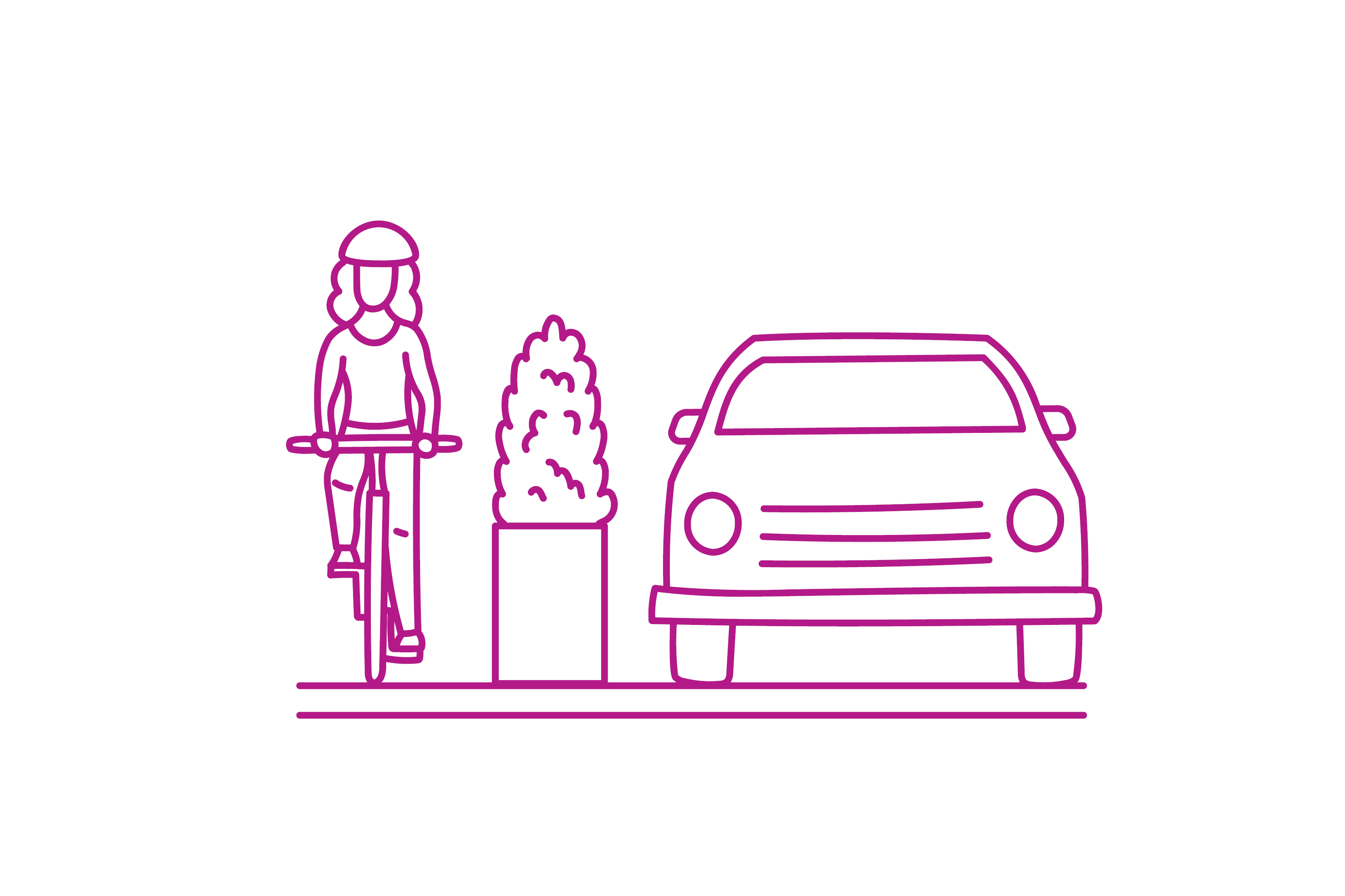
Choice of
Infrastructure
Prioritize separated lanes and phase-separated signals over painted markings to assure safety and comfort for people on bikes.
“Paint is not infrastructure.”
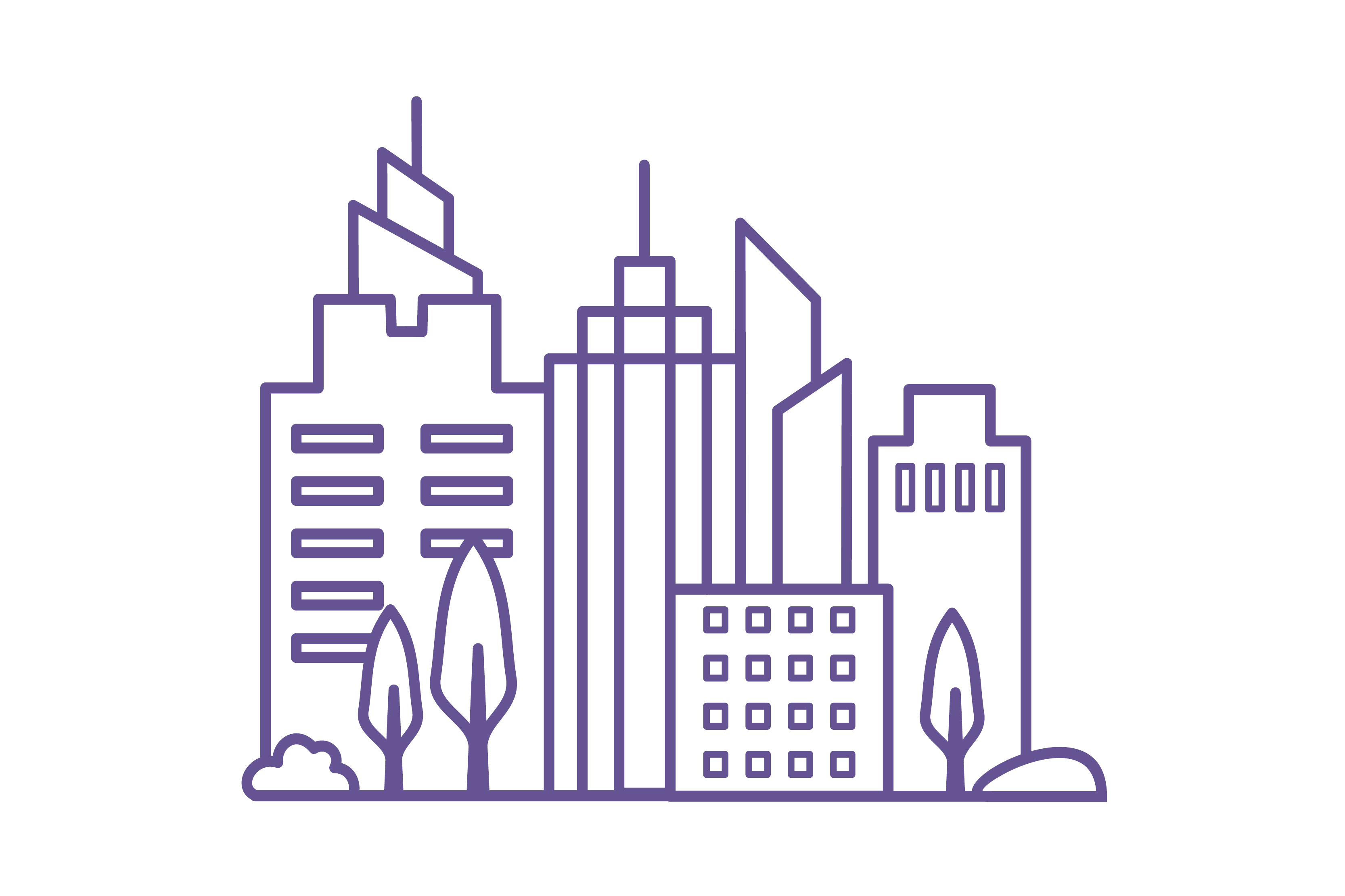
Choice of
Location
Prefer areas where people frequently travel, such as commercial high streets, transit nodes, work centers, schools, cross-town routes connecting these destinations, interregional routes, and other desirable destinations.
“Put infrastructure where people want to go.”
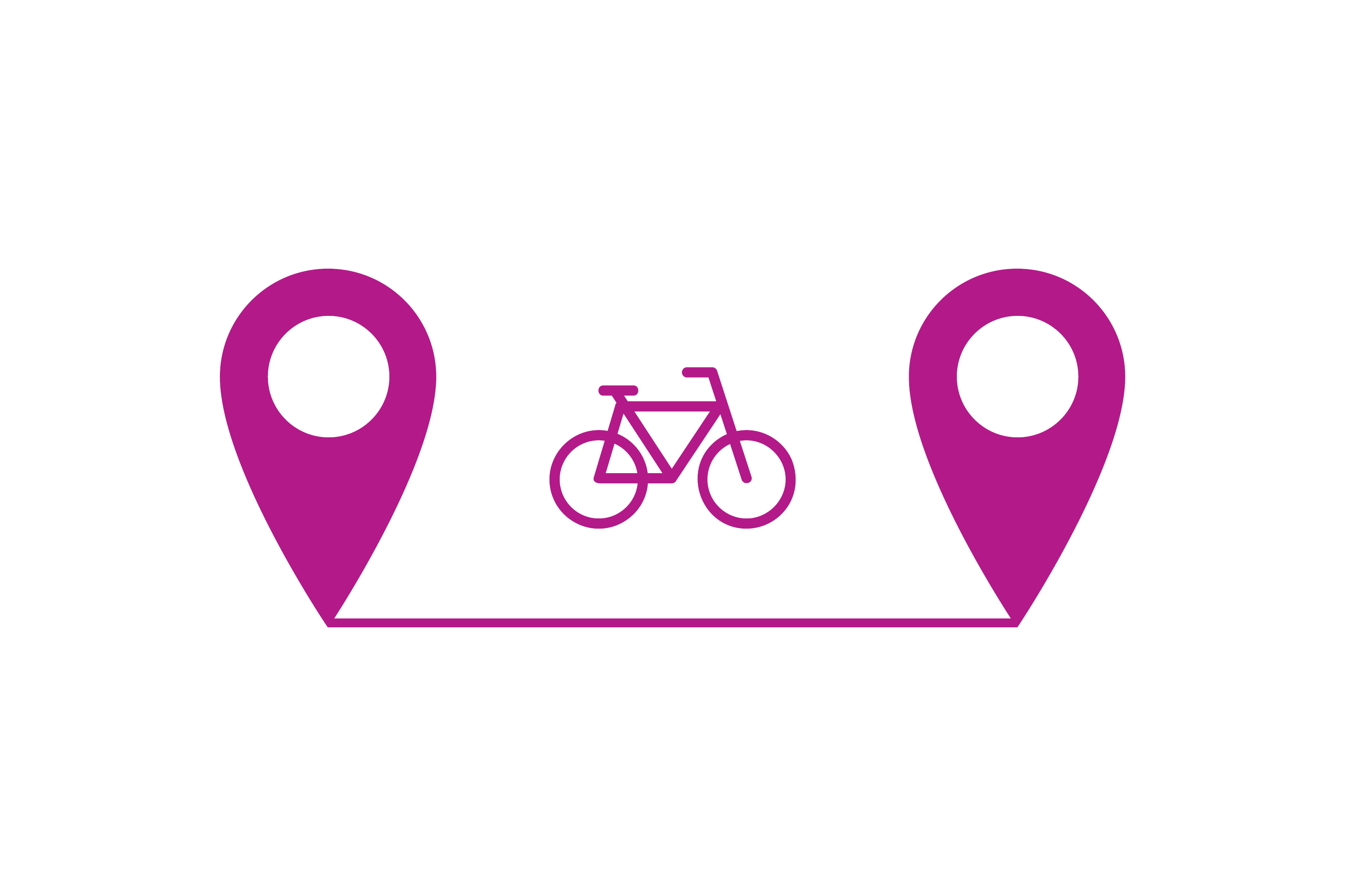
Choice of
Route
Cycle routes that are winding and indirect have been shown to discourage cycling and can compromise safety.
“Prioritize direct routes for people on bikes, instead of unnecessarily winding paths.”
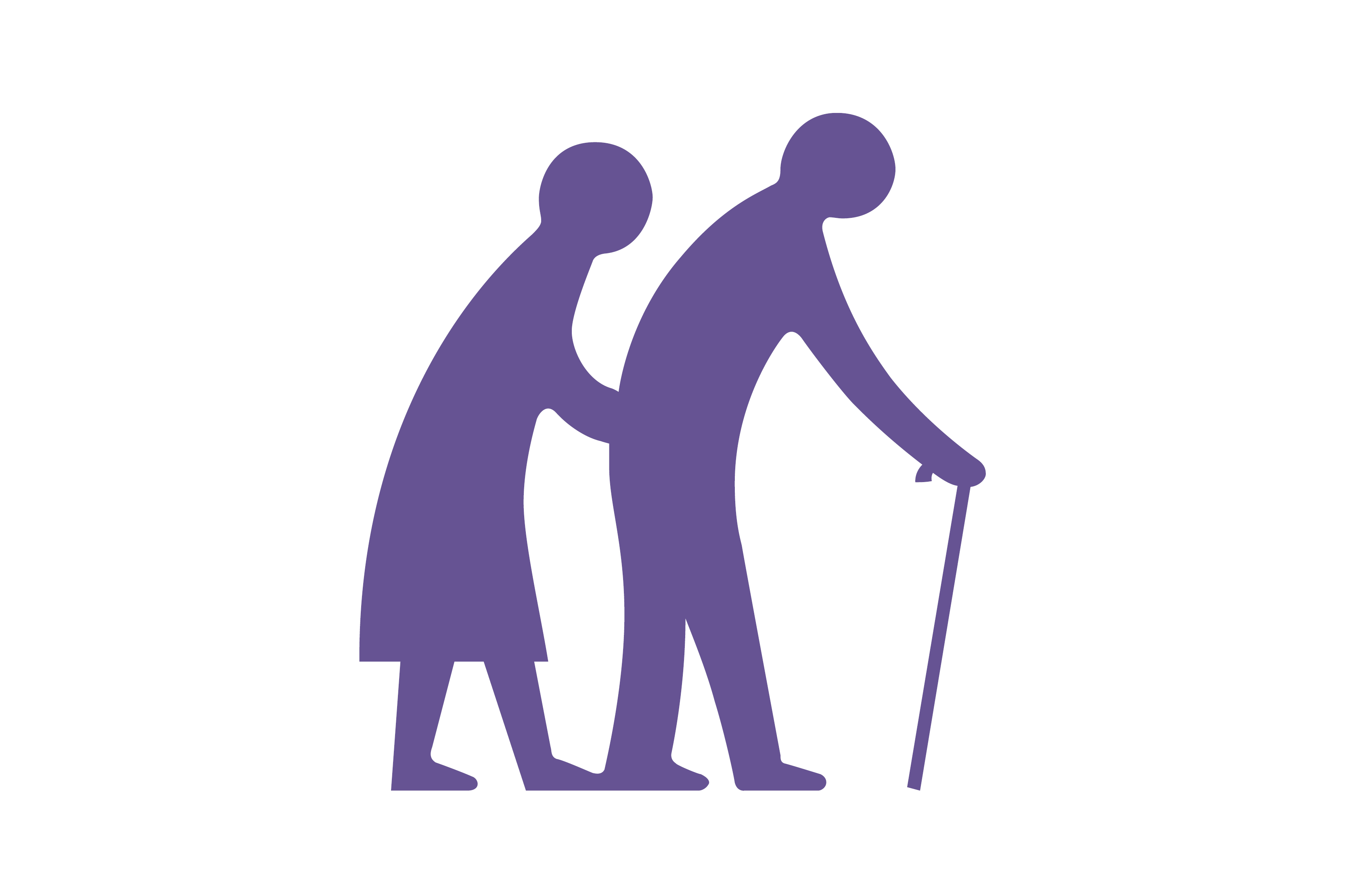
Help for the
Vulnerable
Focus on infrastructure that encourages the use of bicycles by vulnerable and equity-deserving riders and develop safe bypass routes for fast and confident riders.
“New improvements should appeal to people new to cycling, not just avid cyclists.”
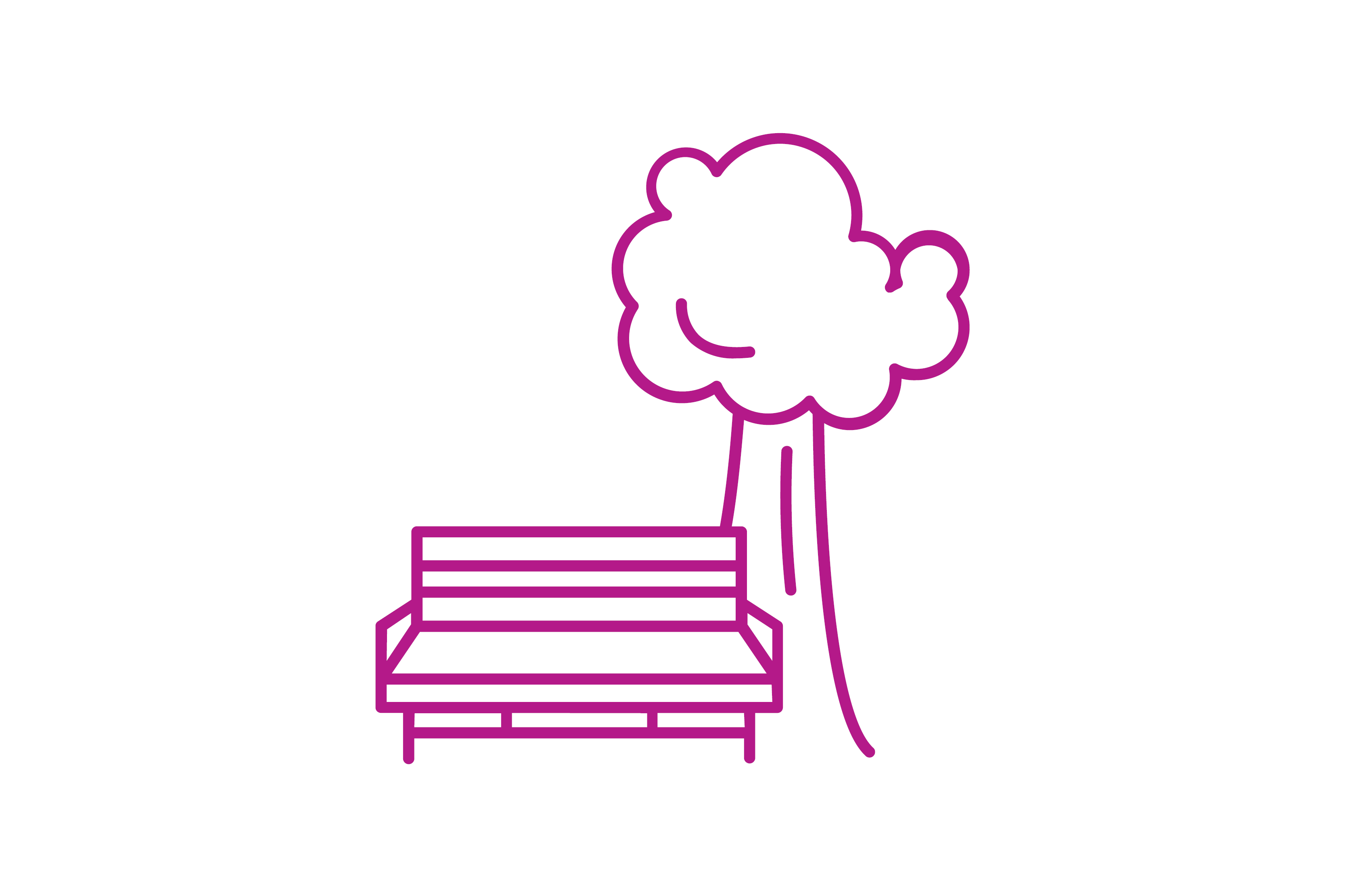
Infrastructure
for Parks
Advocate for safe and accessible cycling routes, not just to parks but also inside parks. People on bikes are park users.
“To and through parks.”
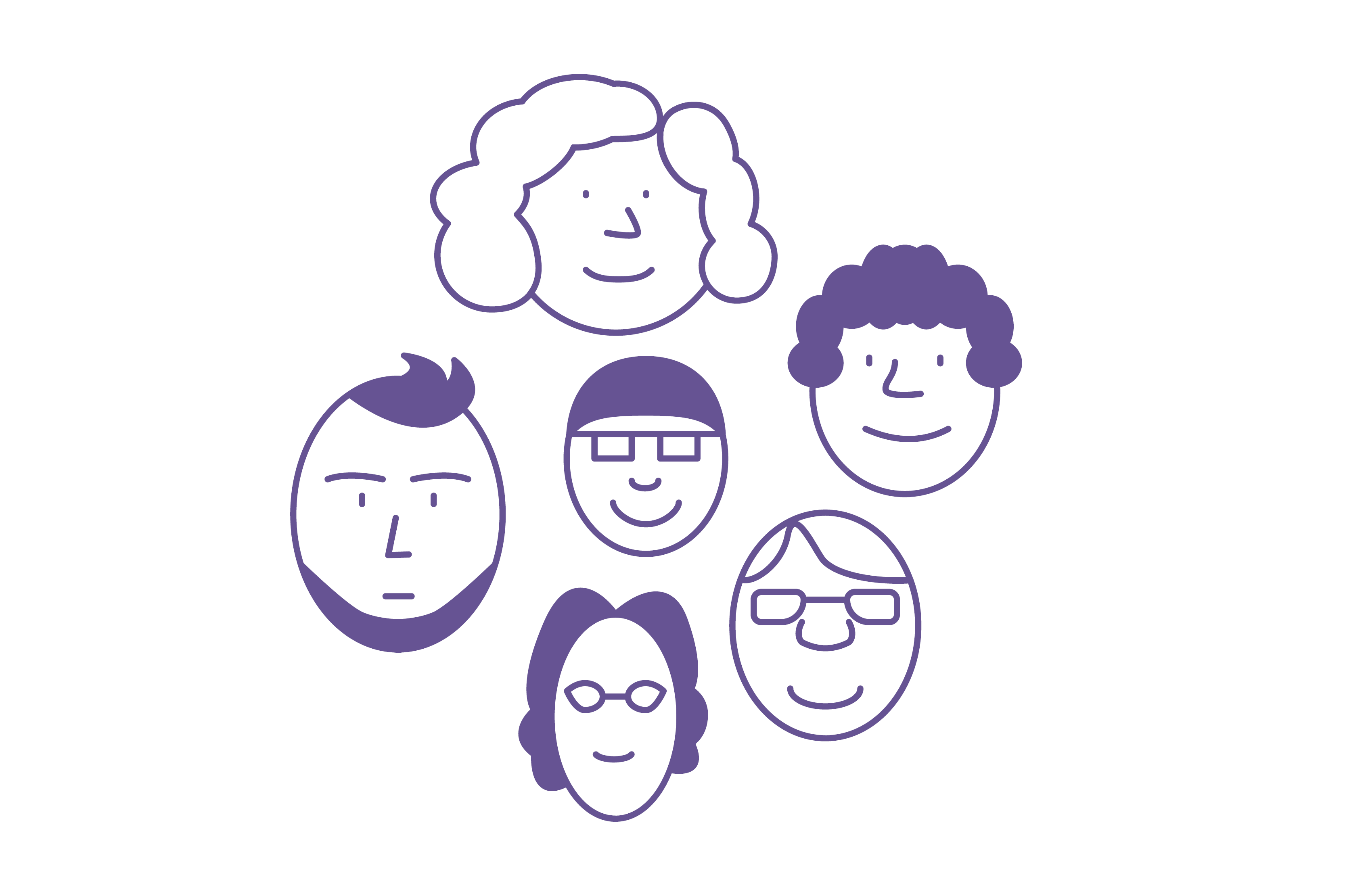
Equitable
Advocacy
Consider the diverse needs of individuals and devices, including all ages and abilities, genders, children and families, incomes, backgrounds, people new and experienced in cycling, older people, people cycling with disabilities, and all types of bicycles including e-bikes, cargo bikes, recumbent bikes, hand-bikes, and other useful inventions.
“Equitable advocacy helps everyone.”
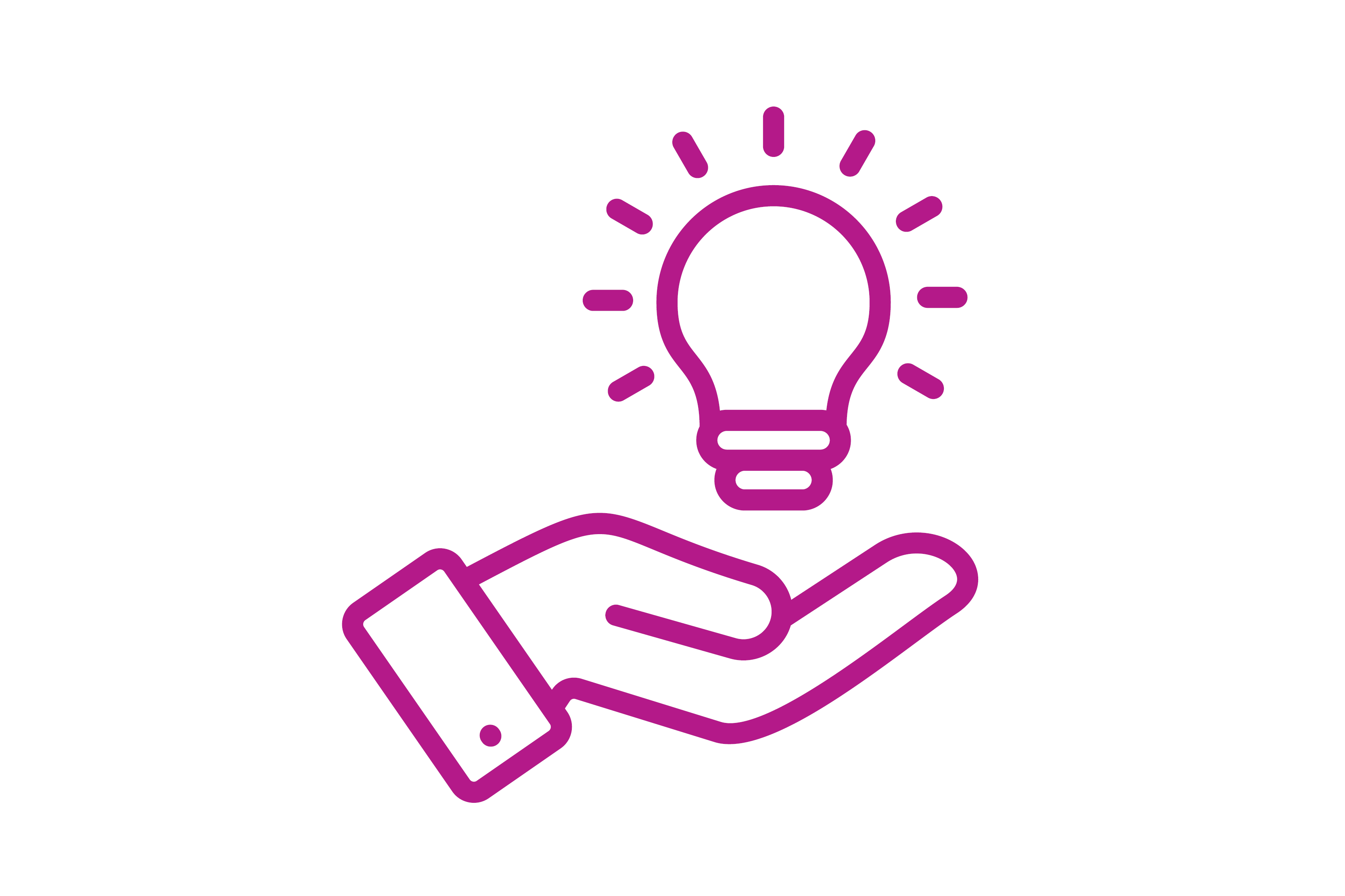
Fresh
Ideas
Promote novel ideas like school streets, cycle-permeable parklets and plazas, and car-free blocks to encourage safe and comfortable cycling throughout the city.
“Roads are for people, not cars.”
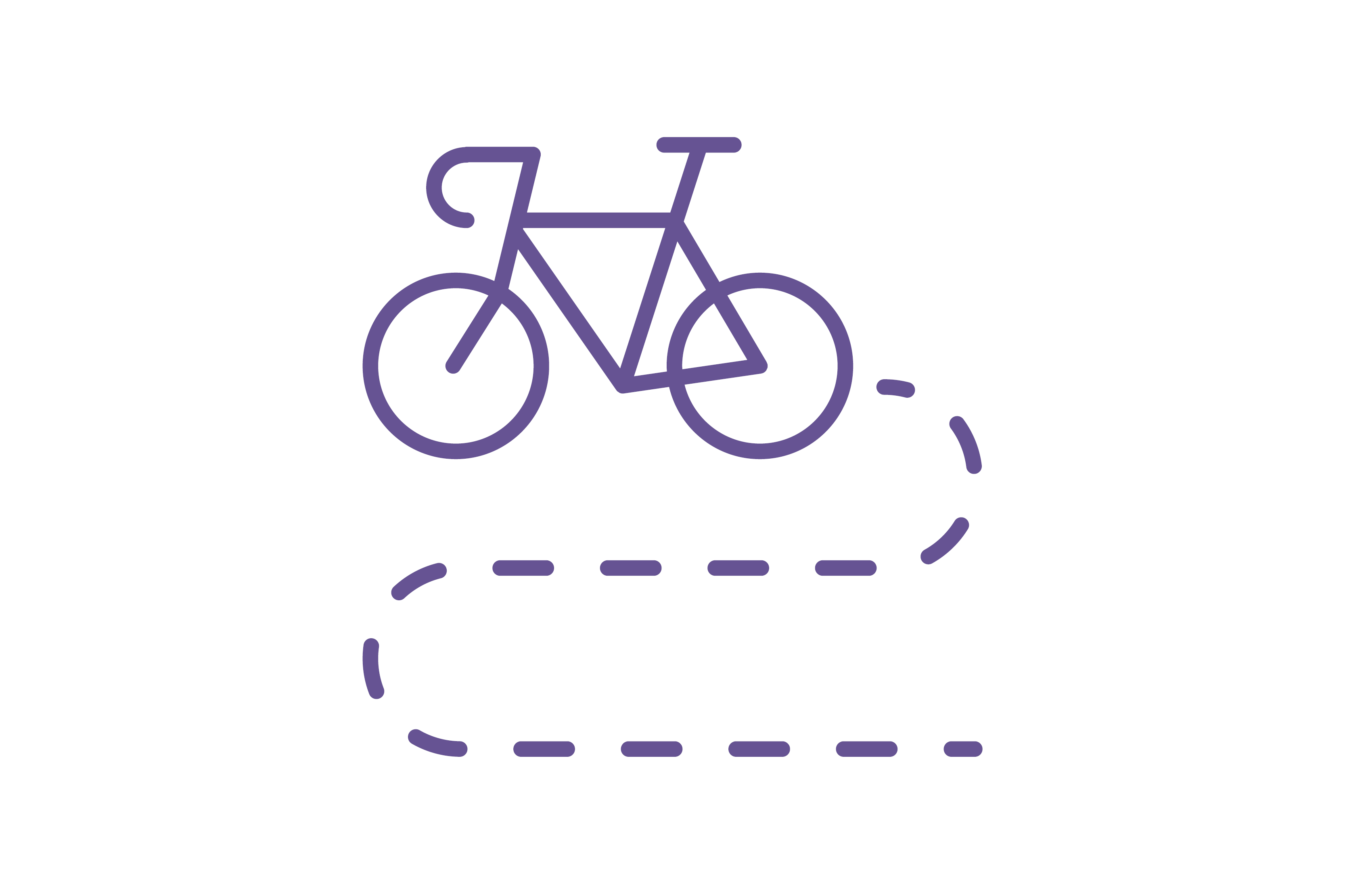
AAA Cycling
Network
Encourage expansion of the AAA cycling network beyond Downtown and the Broadway Corridor, with a specific focus on underdeveloped areas on the south and east sides of the city, and connections to cycle networks in neighbouring municipalities.
“There is more to a city than its' downtown.”
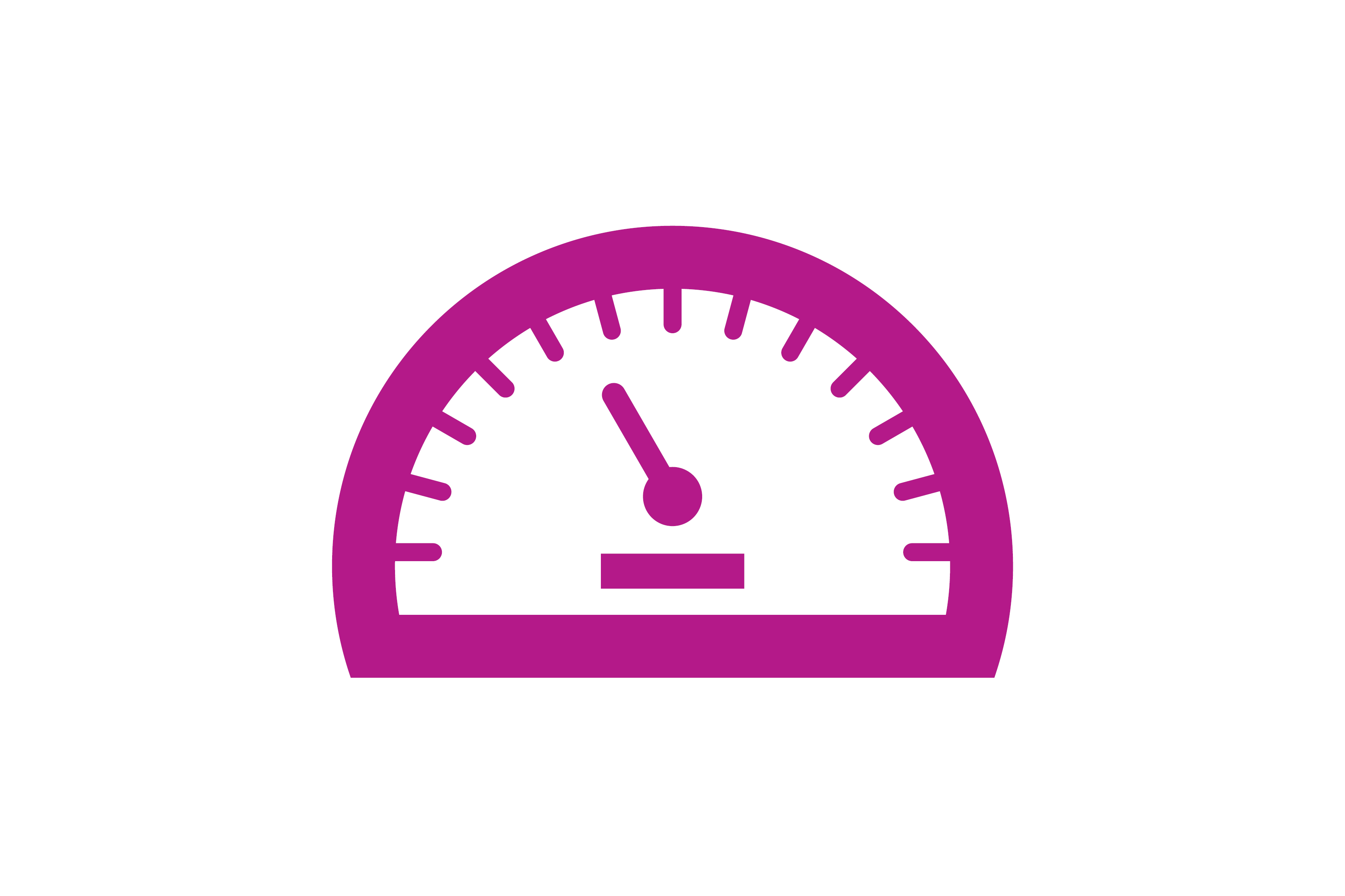
Speed
Limits
To enhance safety, lobby for a maximum speed limit of 30 km/h in areas where people driving and cycling share space. At 50 km/h, 80% of pedestrians will die in a collision. At 30 km/h, 85% of pedestrians survive a collision.
“Speeding vehicles endanger people on bicycles.”
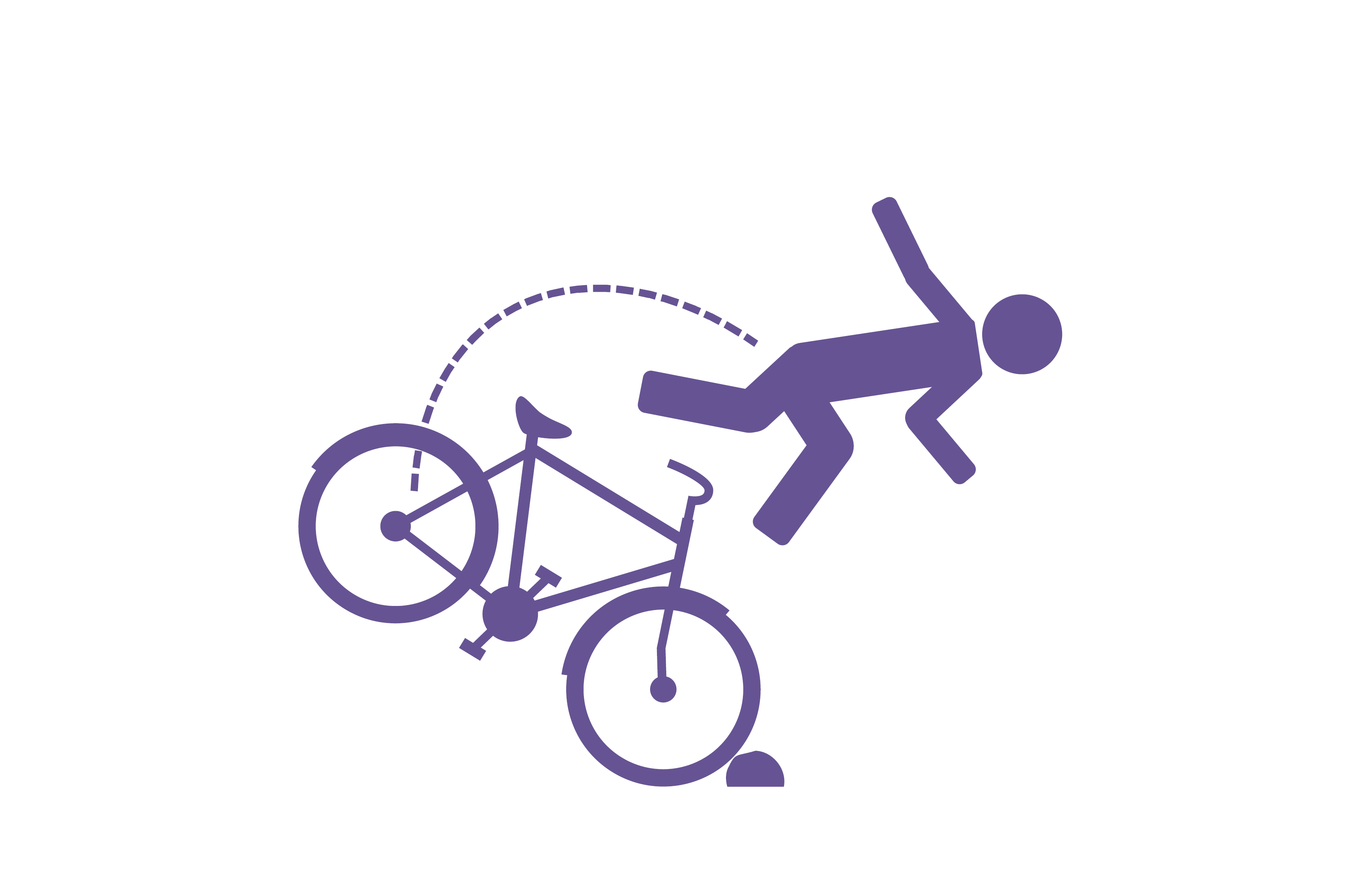
Bike
Crashes
Use the term “crash” to emphasize that most accidents are preventable, and call for engineering solutions to reduce them.
“Crash, not accident.”
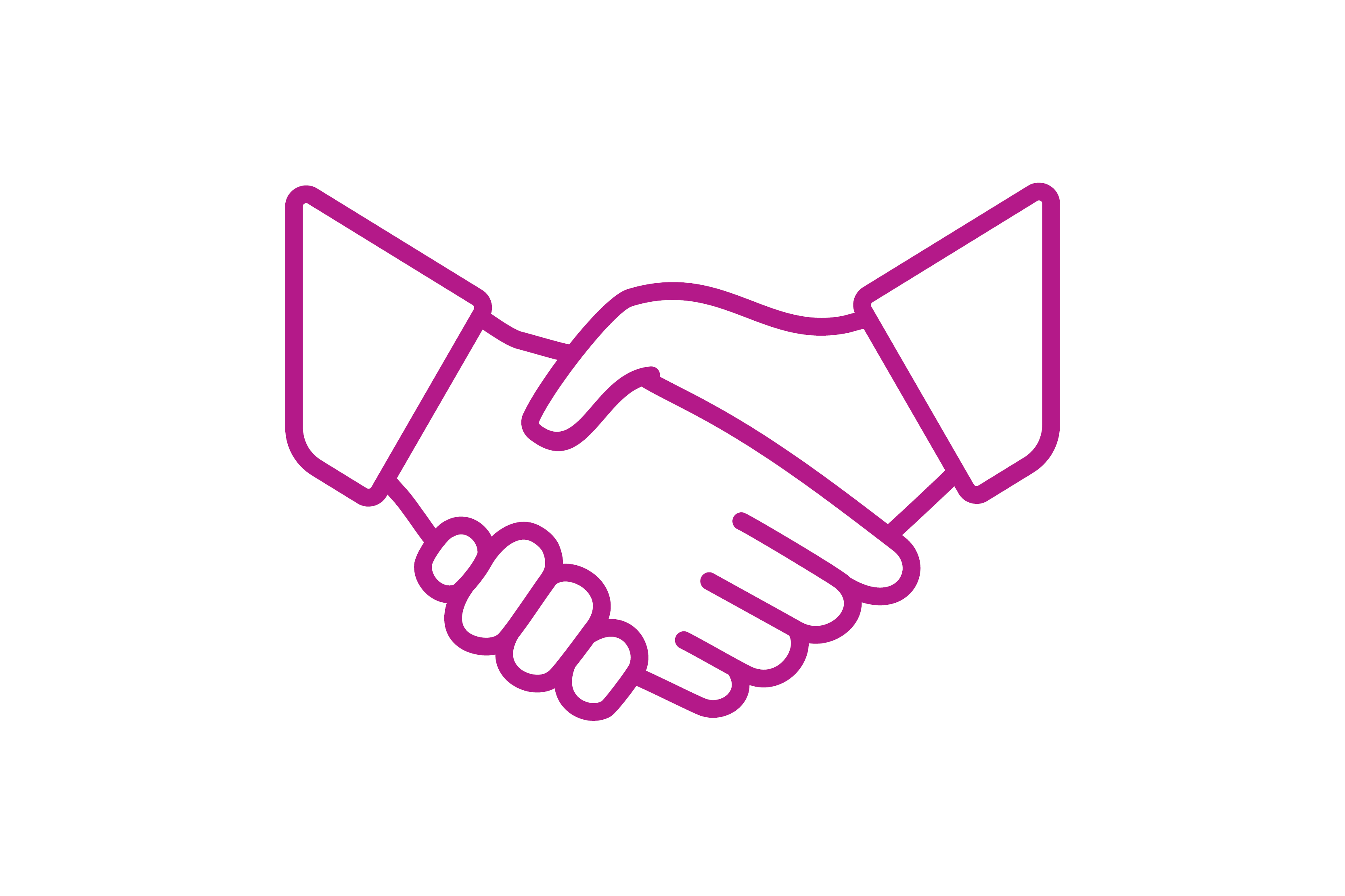
Respect
Practice constructive collaboration with staff and elected officials to achieve long-term goals and maintain respectful and nurturing relationships.
“Work with politicians and staff, not against them.”
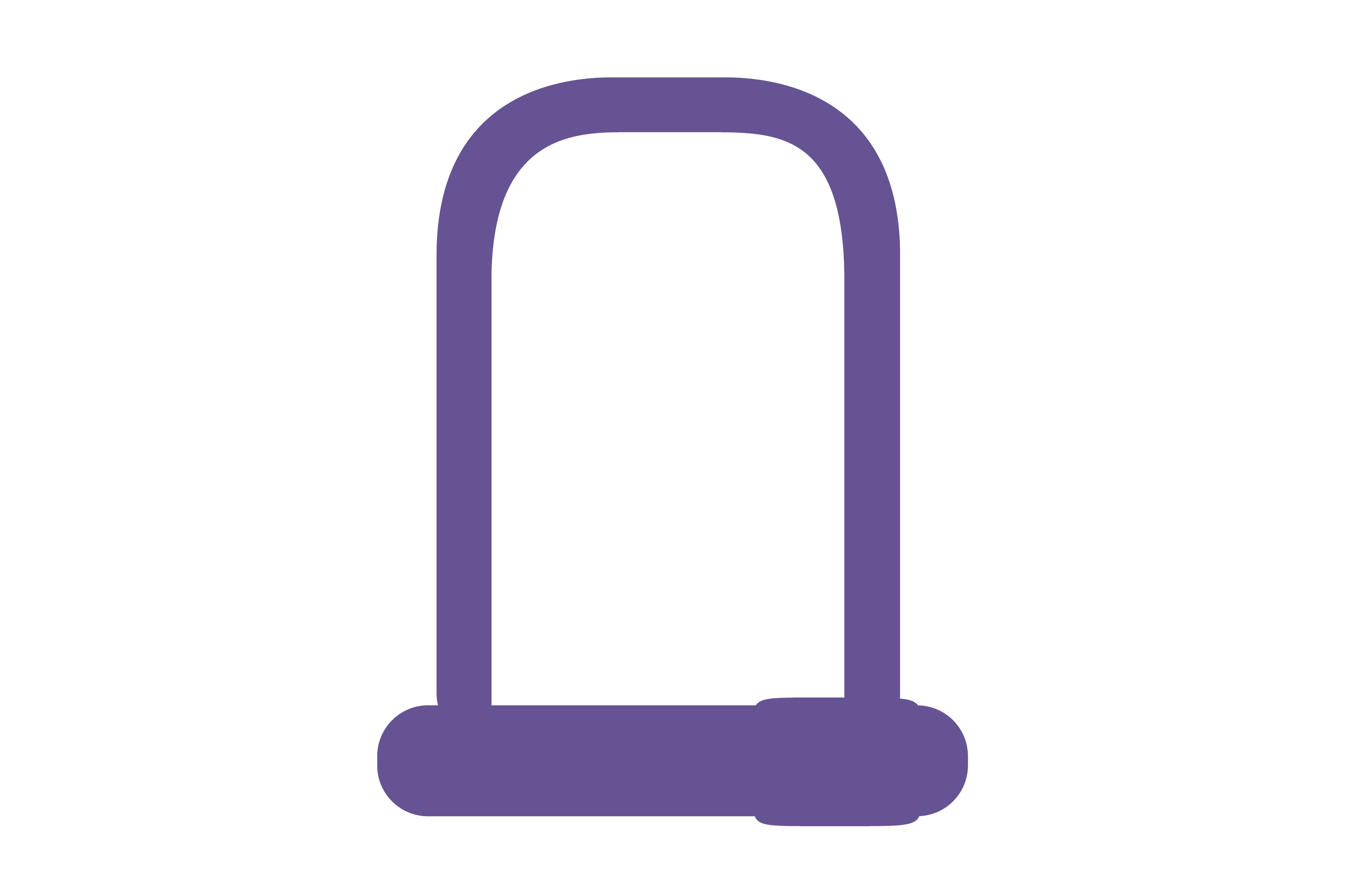
Theft
Push for safe and secure bicycle parking and end-of-trip facilities. They play a critical role in encouraging more people to cycle regularly. People will choose not to cycle if there is a risk their bike will not be there when they return.
“Bike thieves are everywhere.”
These guiding principles were developed by HUB Cycling's Vancouver Local Committee
and endorsed by HUB Cycling's Board of Directors.
Support HUB Cycling's Advocacy Work
If possible, consider making a donation to HUB Cycling and support our advocacy work in expanding the cycling network across the region. Your support enables us to make an impact on people of all ages and abilities and promote access to cycling across regional and diverse communities.
What is the Impact of Your Generous Gift?
- $2,500 will help us develop programs for communities that may face social, cultural, and/or financial barriers to cycling.
- $250 helps us provide infrastructure research support for an advocacy project like cycle highways phase 2 analysis.
- $100 will help HUB organize online learning like our Biking for Mental Health webinar to encourage people of all ages and abilities to bike.

